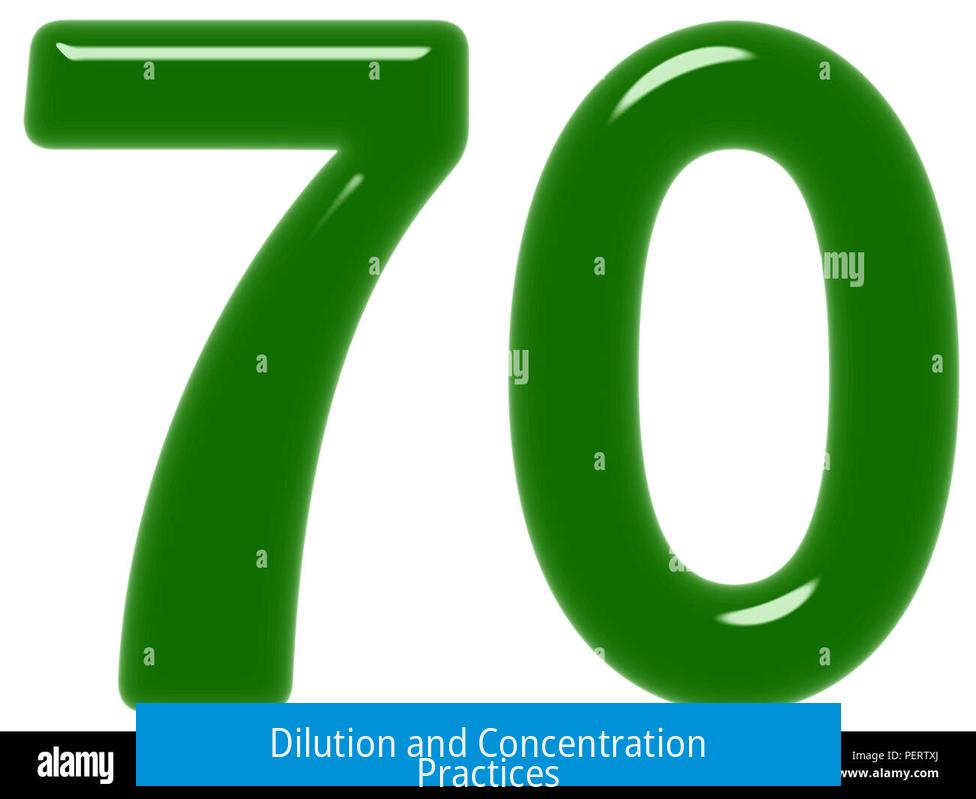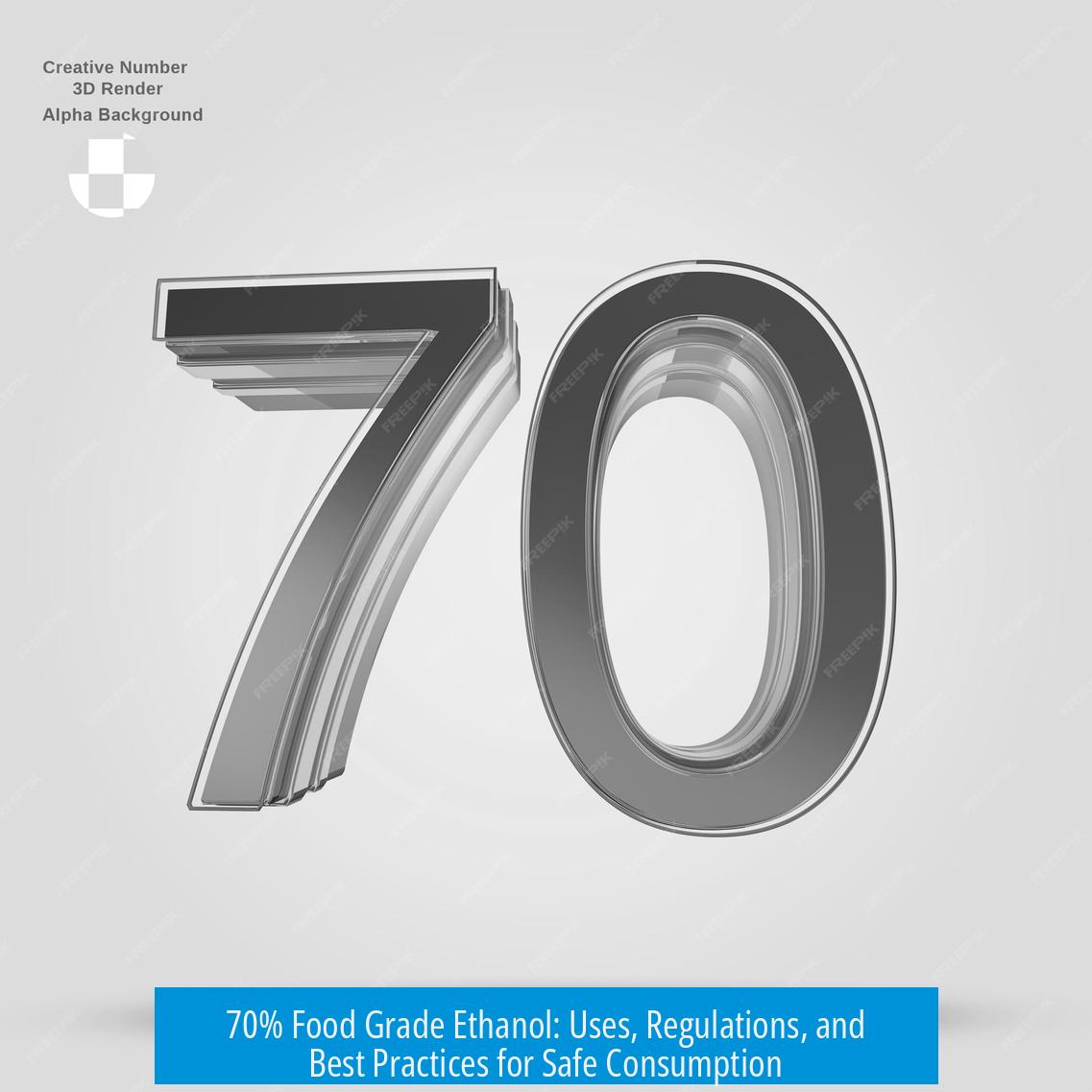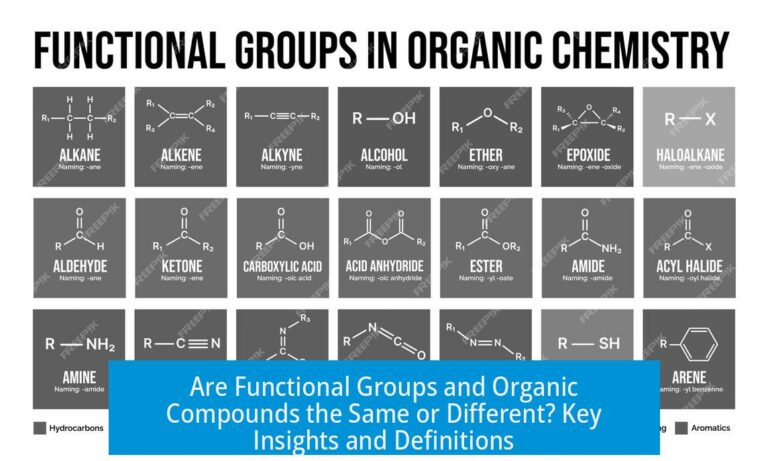Understanding 70% Food Grade Ethanol

70% food grade ethanol is primarily used in food extraction and sanitization processes where the concentration optimizes effectiveness without compromising safety. It contains 70% ethanol and 30% water, a ratio that balances solubility and evaporation rates, making it ideal for many culinary or food-related applications.
Availability and Sales Restrictions
Food grade ethanol is highly regulated worldwide. In many countries, its sale is restricted due to tax laws. Ethanol intended for consumption is taxed significantly, which drives the price up. Purchasing 70% food grade ethanol from chemical suppliers requires proof that the ethanol is not for drinking. Otherwise, buyers must rely on liquor products, which are often substantially more expensive.
Alternatives include:
- Buying denatured ethanol (not for consumption) if food safety is not a concern
- Producing ethanol personally, where legal
- Purchasing high-proof spirits and diluting them to the desired concentration
Dilution and Concentration Practices

In the US, some grocery stores that operate liquor sections carry 70% ethanol solutions. More commonly, one may buy high-proof spirits such as Everclear (95% ABV, 190 proof) or 88% vodka and dilute them to the 70% target.
The dilution process involves adding distilled water to the higher-concentration ethanol. For example:
| Starting Concentration | Desired Concentration | Method |
|---|---|---|
| 95% (Everclear) | 70% | Dilute with distilled water by approximately 26.3% |
| 88% | 70% | Dilute accordingly |
This approach is cost-effective but depends on local laws governing ethanol sale and dilution.
Regulatory Considerations
Food grade ethanol and lab-grade ethanol face tight regulations. Lab-grade ethanol typically comes in high purity (200 proof) and small volumes to prevent misuse. Restrictions aim to avoid diversion for recreational use under the guise of legitimate laboratory or food preparation needs.
Funding bodies applying public resources impose additional oversight, driving stringent compliance with purchases.
Why 70% Concentration?
The 70% blend strikes a balance between ethanol’s solvent ability and water’s facilitation of compound extraction. Higher ethanol percentages might hinder the extraction of some compounds or slow evaporation, making 70% an efficient standard.
For food-grade extractions, methanol or isopropyl alcohols are unsuitable due to toxicity concerns. Using vodka or distilled spirits as substitutes can provide a safe, effective ethanol source when pure food grade ethanol is unavailable.
Key Takeaways
- 70% food grade ethanol is regulated and often costly due to taxation and control measures.
- High-proof spirits like Everclear can be diluted to achieve 70% ethanol for food use.
- 70% concentration optimizes extraction efficiency while balancing evaporation and safety.
- Lab-grade ethanol is controlled to prevent abuse, sold in limited volumes.
- Vodka or similar distilled spirits can serve as practical ethanol sources in many cases.
What are the restrictions on buying 70% food grade ethanol?
Food grade ethanol sales are limited in most countries due to taxes. Buyers must prove it won’t be used for drinking. Otherwise, only taxed liquor versions are available.
How can I obtain 70% ethanol if it’s not sold directly?
You can dilute higher-proof spirits like Everclear or 88% vodka to reach 70%. Some also consider making their own, but this may be illegal.
Why is 70% ethanol preferred for food extraction?
70% strikes a balance in extraction. Higher water content can hinder evaporation, and higher alcohol concentration might reduce extraction efficiency.
Can lab-grade ethanol be used for food-related purposes?
Lab-grade ethanol is tightly controlled and not intended for consumption. It’s usually sold in small quantities and at high proof, making it unsuitable for food use.
Are there alternatives to food grade ethanol for extractions?
Isopropyl or methanol exist but aren’t suitable for food. Vodka or similar spirits can work as practical, less regulated substitutes for food-grade ethanol.





Leave a Comment